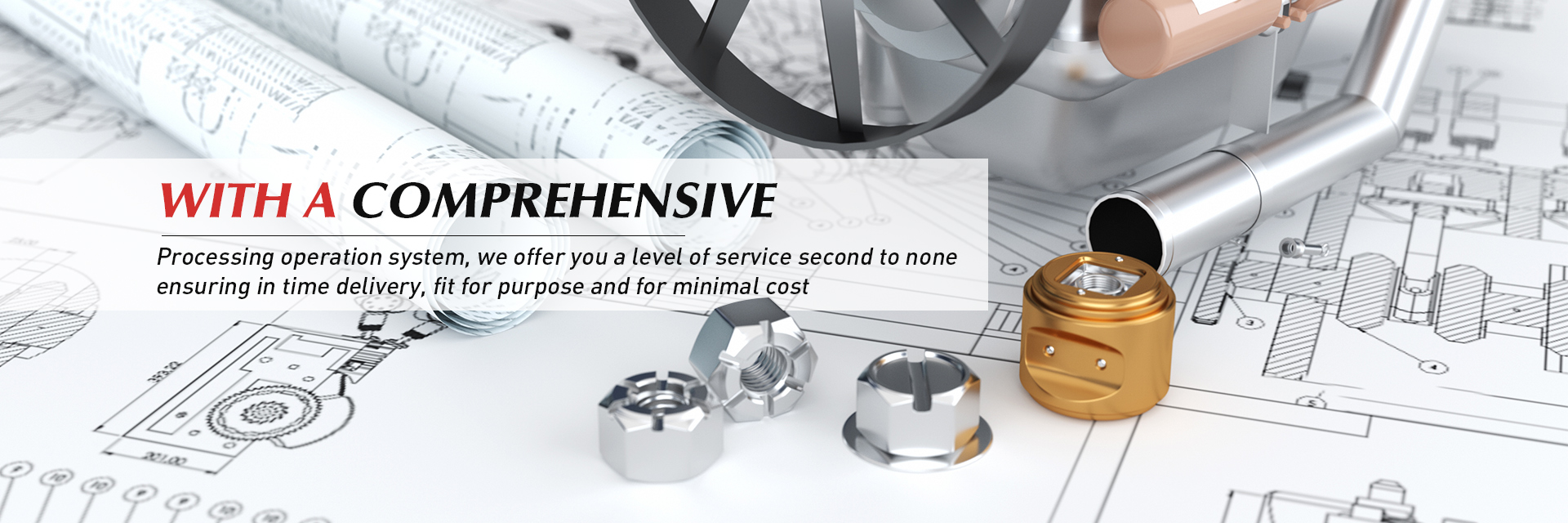When assembling metal stamping dies, the gap between the die and the punch must be accurately guaranteed, otherwise no qualified stamping parts will be produced, and the service life of the stamping die will be greatly reduced. Many die workers who have just entered the industry do not know how to ensure the clearance of metal stamping dies. Today, Dongyi Stamping will explain in detail several common methods and characteristics of ensuring the clearance of stamping dies.
Measurement Method:
Insert the punch into the hole of the concave model, use a feeler gauge to check the matching clearance of different parts of the convex and concave molds, adjust the relative position between the convex and concave molds according to the inspection results, so that the gaps between the two are consistent in each part.
Features: The method is simple and easy to operate. It is suitable for large-gap molds with a matching gap (one side) of more than 0.02mm between convex and concave molds.
The Light Transmission Method:
Place the cushion block between the fixed plate and the die, and clamp it with clamps; turn over the stamping die, clamp the die handle on the flat pliers, illuminate with a hand lamp or flashlight, and observe in the leakage hole of the lower die. Determine the gap size and uniform distribution according to the light transmission. When it is found that the transmitted light between the punch and the die is too much in a certain direction, it means that the gap is too large. Hit the corresponding side with a hand hammer to make the punch move in a larger direction, and then repeatedly transmit the light. Light, adjust to fit.
Features: The method is simple, the operation is convenient, but it takes a lot of time, and it is suitable for the assembly of small stamping dies.
Gasket Method:
According to the size of the matching gap between the convex and concave molds, insert paper strips (fragile and unreliable) or metal sheets with uniform thickness in the matching gap between the convex and concave molds to make the matching gap between the convex and concave molds even.
Features: The process is more complicated, but the effect is ideal, and the gap after adjustment is uniform.
Coating Method:
Apply a layer of paint (such as enamel or amino alkyd insulating paint, etc.) on the punch, the thickness of which is equal to the matching gap (one side) between the convex and concave dies, and then insert the punch into the hole of the concave model to obtain a uniform punching gap .
Features: This method is simple and suitable for stamping dies that cannot be adjusted by the shim method (small gap).
Copper Plating Method:
The copper plating method is similar to the coating method. A copper layer with a thickness equal to the unilateral matching gap between the convex and concave dies is plated on the working end of the punch to replace the paint layer, so that the convex and concave dies can obtain a uniform fit gap. The thickness of the coating is controlled by current and electroplating time. The thickness is uniform, and it is easy to ensure the uniform punching gap of the mold. The coating can peel off by itself during the use of the mold and does not need to be removed after assembly.
Features: The gap is uniform but the process is complicated.
Post time: May-08-2023





